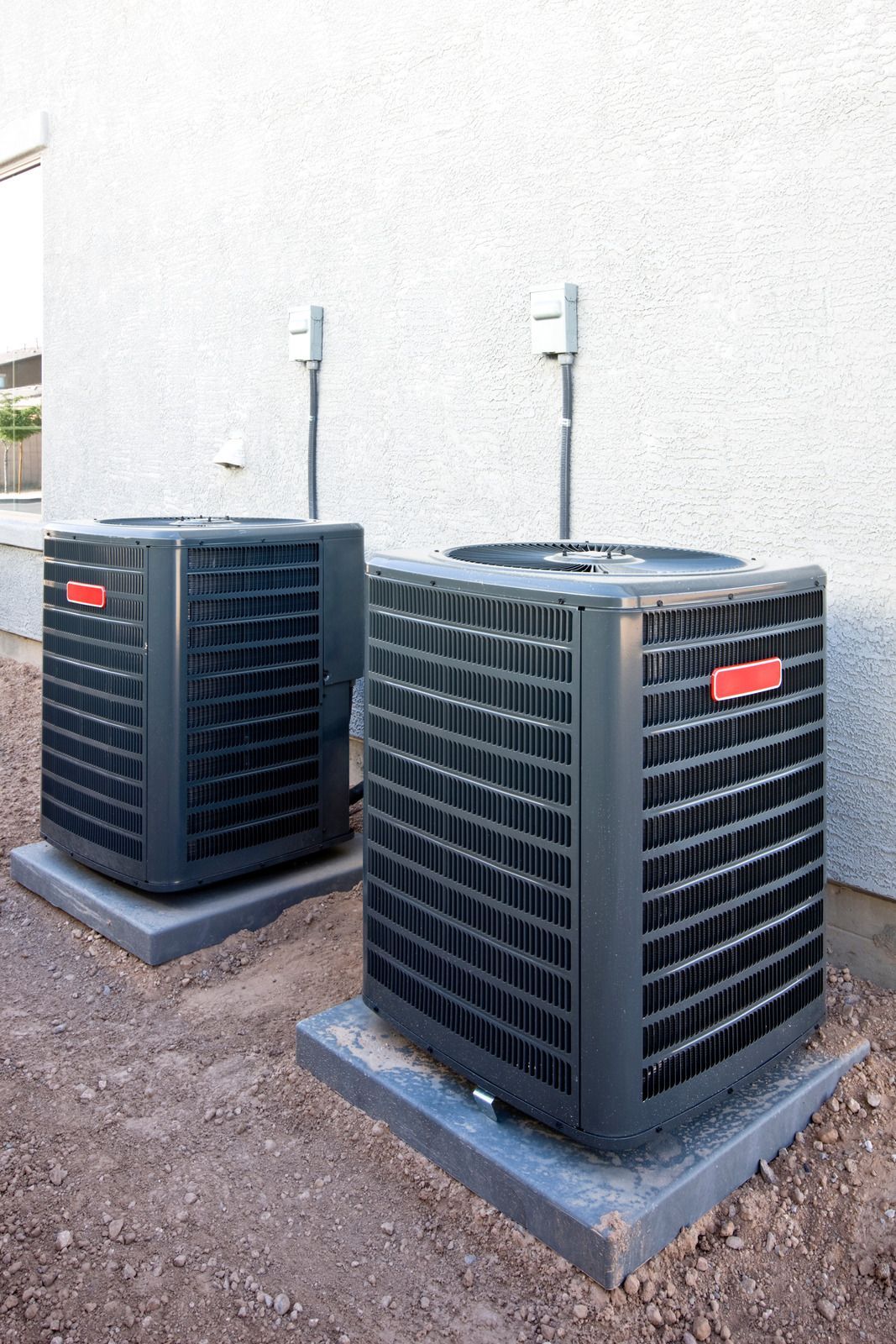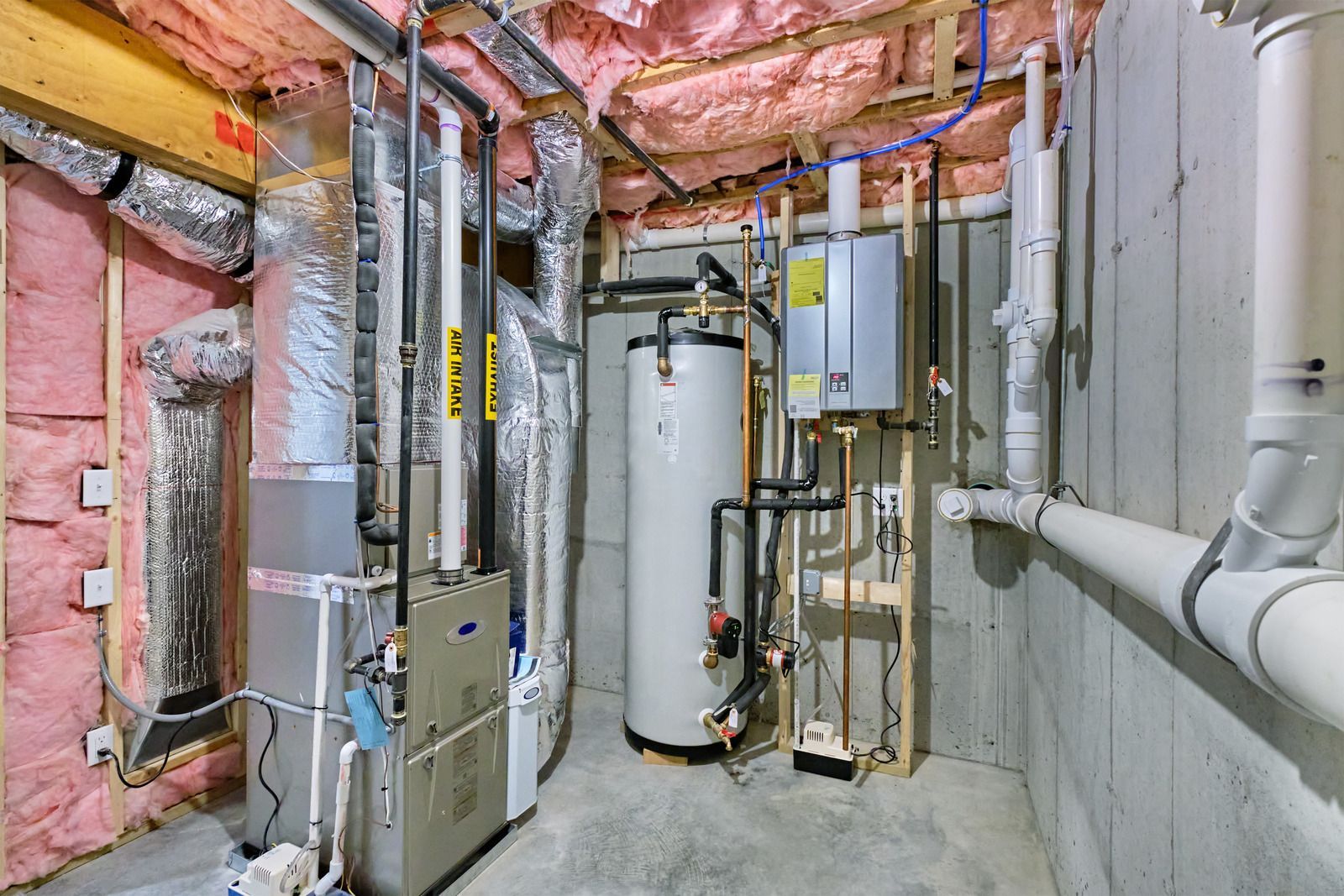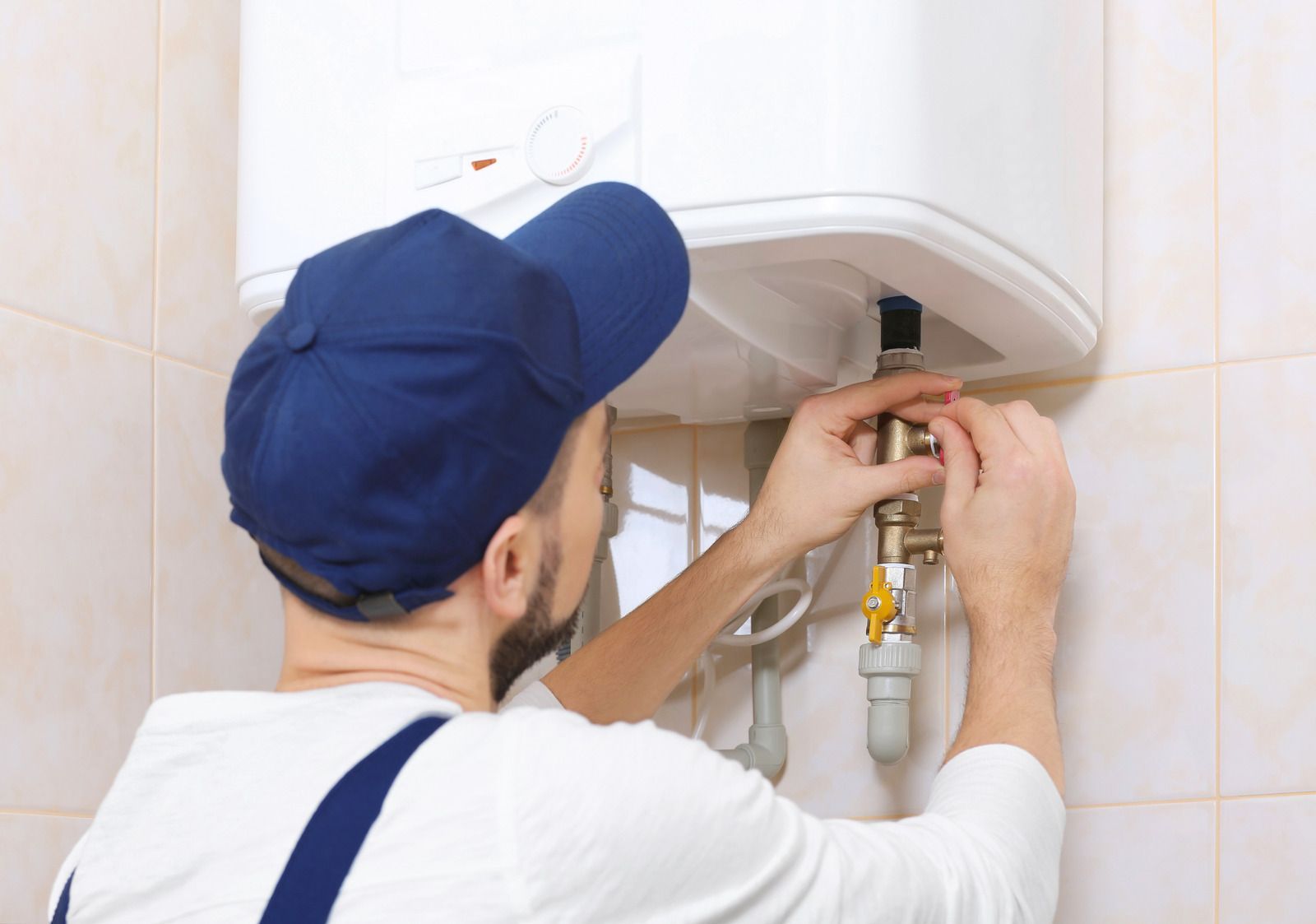Furnace Installation Costs: What to Expect and How to Budget for It
A furnace provides warmth and comfort during cold months. Installation costs vary based on several factors. Homeowners need to understand these details before setting a budget. Proper planning prevents unexpected expenses.
Different furnaces come at different price points. The type of system, labor fees, and extra materials all affect the total amount. Some homes require additional work, which increases the final price. Preparing for these costs helps in making informed decisions.
Learning about installation costs allows homeowners to budget wisely. This guide explains furnace prices, labor fees, extra charges, and ways to manage expenses. A well-planned budget reduces stress and avoids surprises.
Factors Affecting Furnace Installation Costs
Furnace Type
Each furnace type comes with a different price. Gas, electric, and oil models have unique benefits and costs. Gas furnaces require more upfront investment but reduce long-term energy bills. Electric models cost less initially but increase electricity usage. Oil systems need special fuel, which adds to expenses.
Unit Size and Heating Capacity
A furnace must match the home’s heating needs. An undersized unit struggles to heat large spaces. An oversized one wastes energy and leads to higher bills. Choosing the correct size helps control energy use while maintaining comfort. Professionals assess heating requirements before recommending a system.
Labor Charges
The complexity of installation determines labor costs. Replacing an old furnace costs less than installing a completely new system. Changes to ductwork or electrical connections add to the price. Technicians charge based on time and difficulty. Safe and proper installation requires expert handling.
Additional Parts and Materials
Some homes need extra materials. New thermostats, vents, or upgraded ductwork increase total costs. Advanced systems often require smart thermostats for better efficiency. Though these additions improve performance, they raise overall expenses.
Installation Location
Placement affects pricing. Installing a furnace in an open basement costs less than fitting one into a cramped attic. Hard-to-reach areas require more effort, increasing labor fees. Easily accessible locations make installation faster and more affordable.
Budgeting for Furnace Installation
Compare Prices
Multiple quotes help in finding the best deal. Different companies charge different rates. A detailed cost breakdown clarifies what each quote includes.
Prepare for Unexpected Expenses
Extra costs arise in many cases. Old ductwork may need repairs, electrical systems may require upgrades, and some areas require permits. Keeping extra funds ready prevents delays.
Consider Financing Plans
Some service providers offer payment plans. Spreading costs over time makes installation more manageable. Checking available financing options helps in reducing immediate financial strain.
Check for Rebates and Discounts
Energy-efficient furnaces qualify for rebates. Government programs and utility companies often provide savings. Checking for available incentives lowers costs significantly.
Furnace installation expenses depend on unit type, labor, and additional requirements. Planning ahead prevents unexpected costs. Comparing quotes, considering financing, and preparing for extra fees make the process smooth. A well-installed furnace improves home comfort and energy efficiency. Careful budgeting keeps the entire experience stress-free.

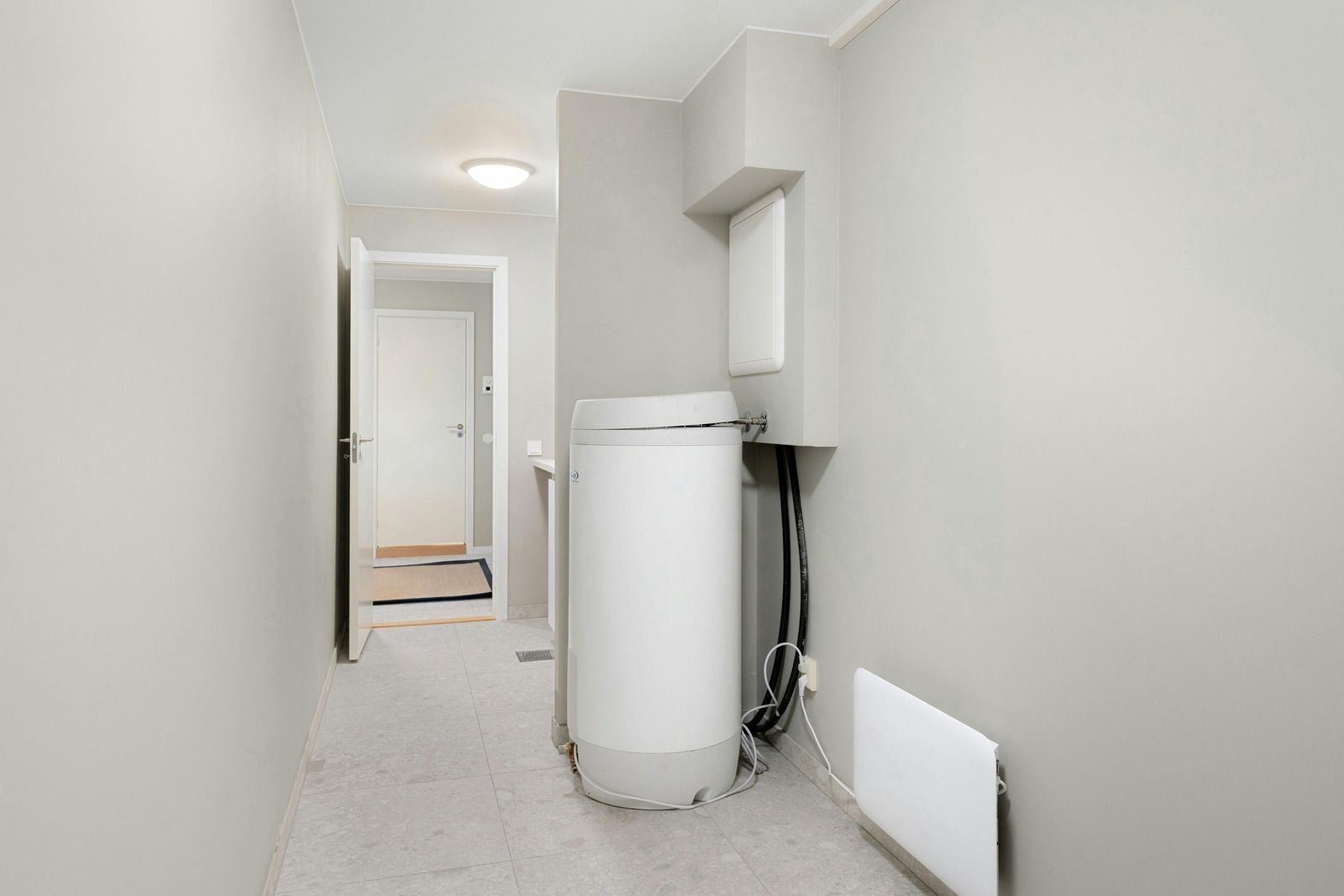
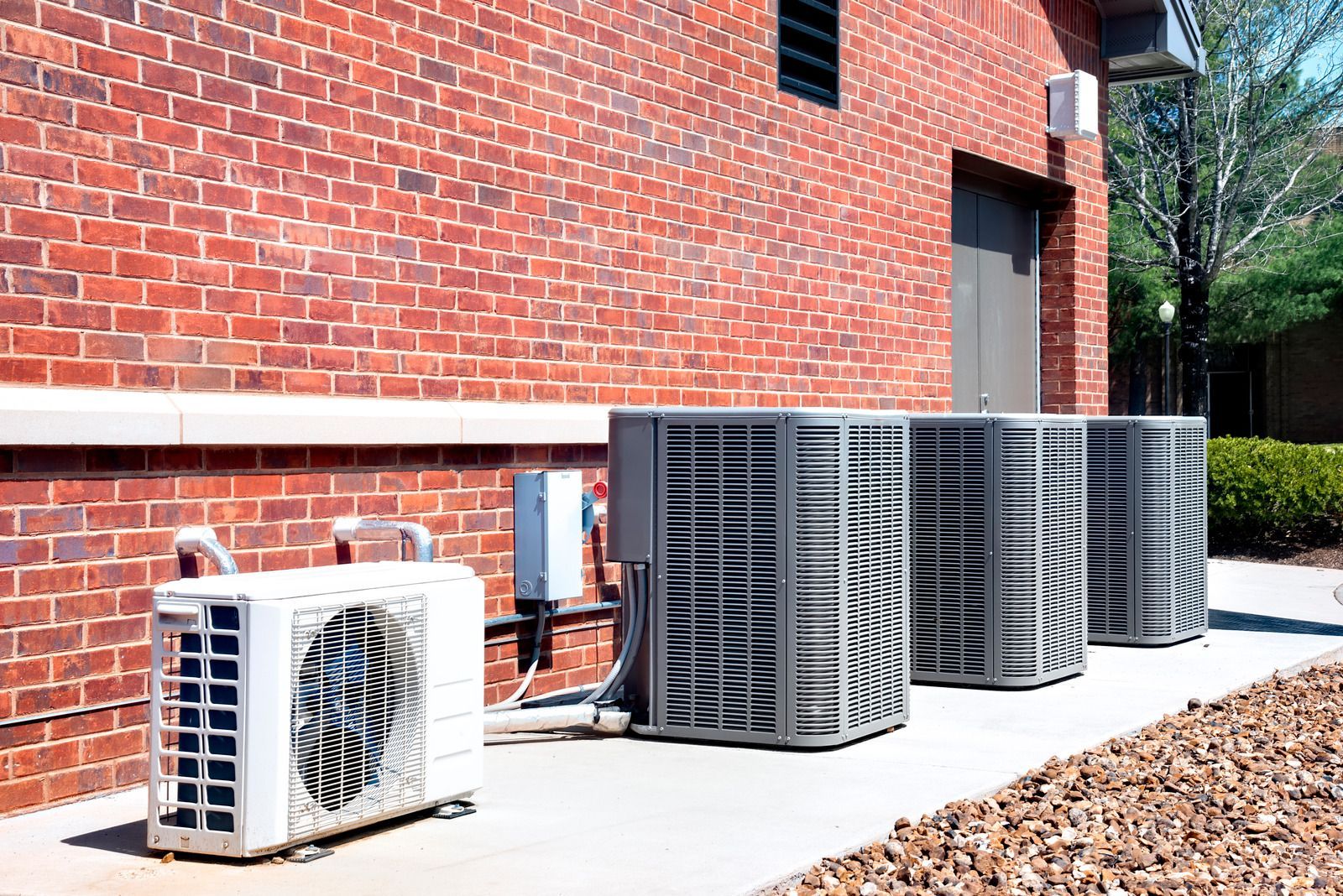
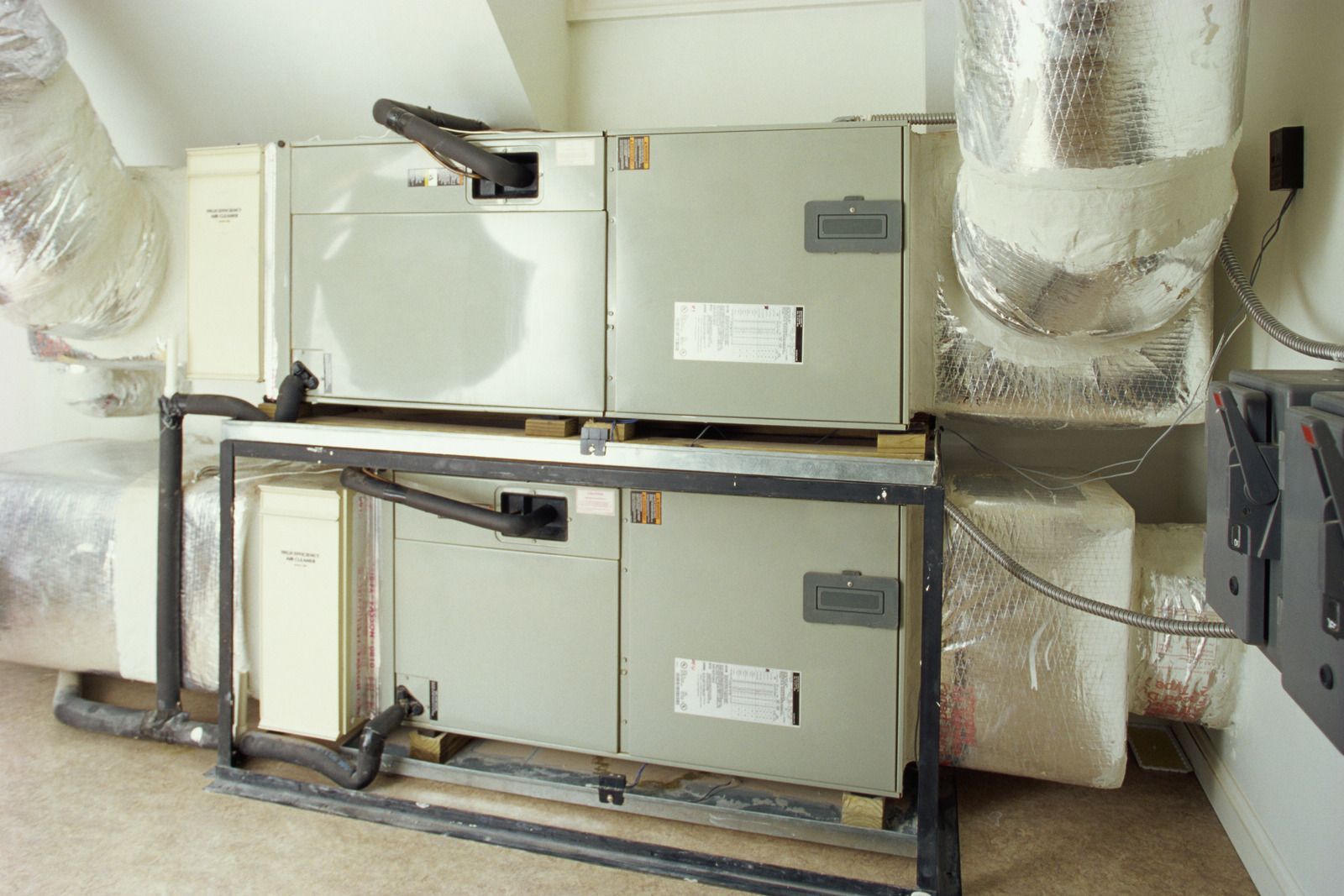
Service Areas
Inquire
Thank you for contacting us.
We will get back to you as soon as possible.
Oops, there was an error sending your message.
Please try again later.
303 Heating & Air, Inc
Our Services
Contact
Business Hours
- Mon - Fri
- -
- Sat - Sun
- Closed
Sat - Sun Emergencies Only

